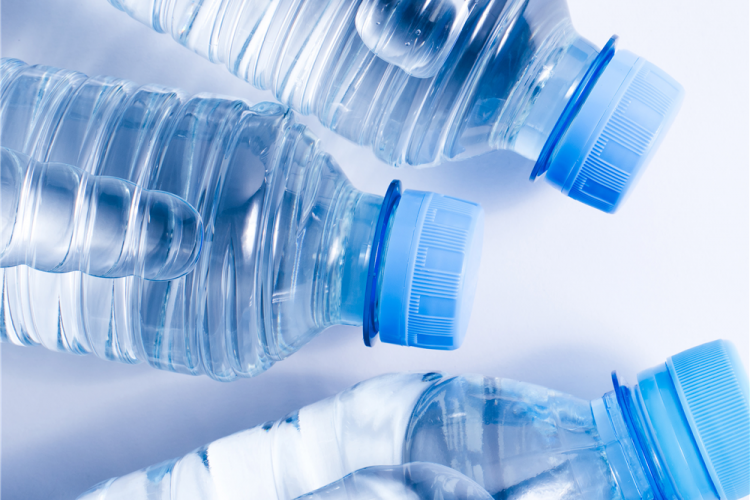UV Stabilizers

The service life of polymers is limited by their degradation. Deterioration can be caused by a number of environmental factors, for example, temperature, humidity, impurities, mechanical load, rays, microorganisms, chemicals and air.
Light stabilizers/UV absorbers combat degradation of polymers under the influence of:
sunlight
UV rays
Heat
reaction with oxygen
The effects of UV degradation on polymers can be evaluated from the following factors:
Change in chemical structure
change in surface
brittleness
Production of free radicals
Change in molecular weight
Loss of mechanical properties
Disruption of transparency
Adding light stabilizers/UV absorbers can extend the life of the plastic and thus improve the appearance of the plastic. The choice of a light stabilizer / UV absorber is highly dependent on the substrate to be protected, its predicted functional life, and its susceptibility to photodegradation.
The most commonly used light stabilizers in plastics are Hindered Amine Light Stabilizers (HALS).
The most common UV absorbers are benzotriazoles, benzophenones and organic nickel compounds.
